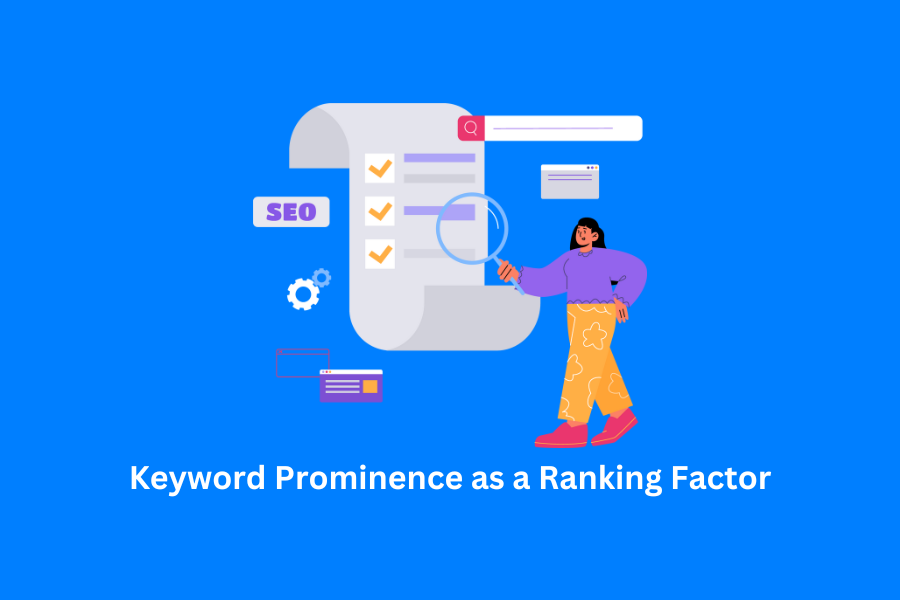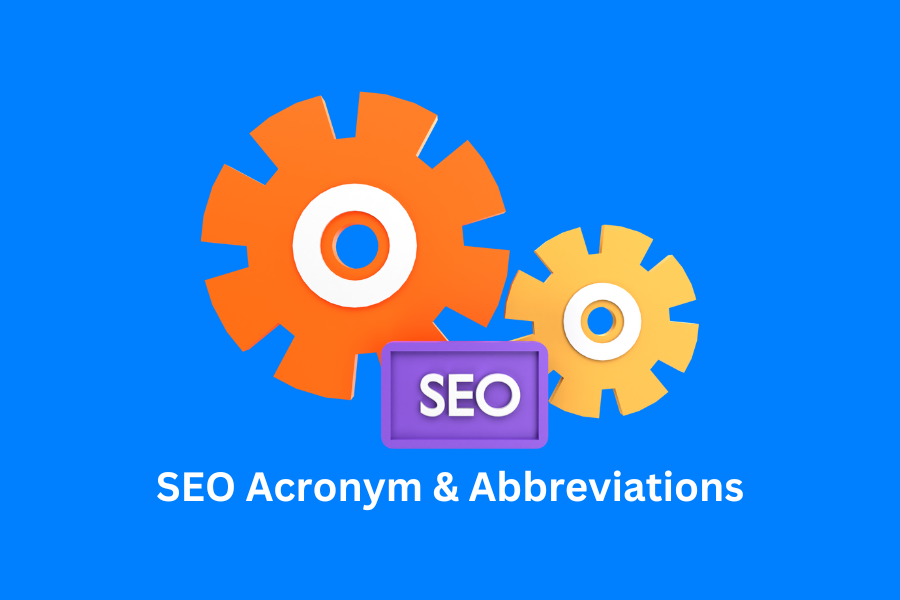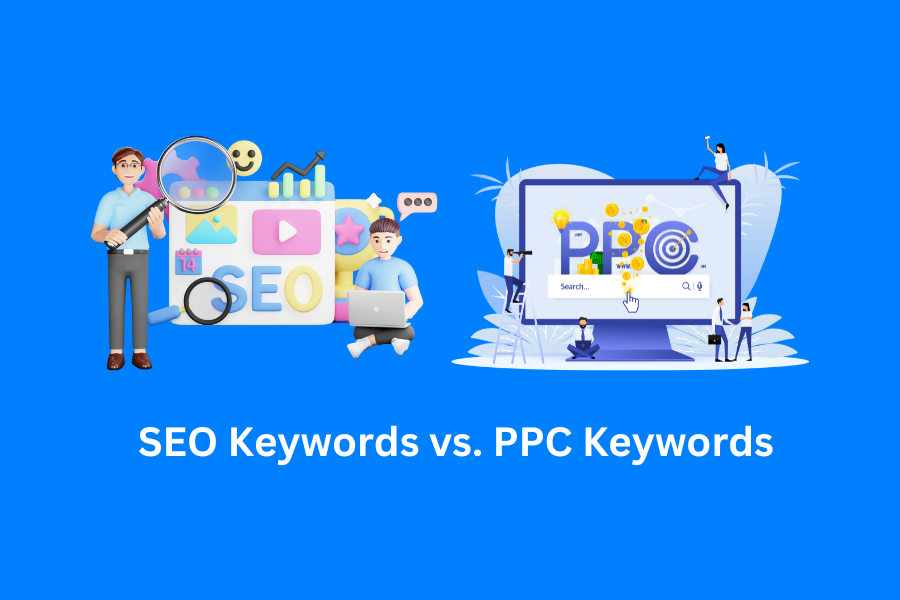Keyword prominence is a critical but often overlooked factor in search engine optimization (SEO). Understanding and leveraging it can improve your site’s visibility and relevance to search engines and users.
What is Keyword Prominence?
Keyword prominence in search engine optimization (SEO) refers to the visibility of a webpage’s primary keyword within its main content, helping search engines understand the relevance of the page to a specific search query. It is a key factor in determining a website’s ranking on search engine results pages (SERPs).
Why is Keyword Prominence Important?
When search engines crawl your website, they look for certain signals to understand the relevance and authority of your content. Keyword prominence is one of these signals. By placing keywords in prominent areas, you’re helping both search engines and users quickly identify what your page is about. Proper keyword placement can increase the chances of your page ranking higher in SERPs for relevant searches.
Here are a few reasons why keyword prominence is a crucial SEO ranking factor:
- Search Engine Crawlers Prioritize Prominent Keywords: Search engines give more weight to keywords that are placed in key areas of a page, such as the title, headings, and the first 100 words of your content. If your target keyword is prominent in these areas, it increases your chances of ranking higher.
- Improved User Experience: Proper keyword prominence helps users understand the focus of your content quickly. When users find what they’re looking for easily, they are more likely to stay on your site longer, reducing bounce rates and improving engagement metrics—two factors that also influence SEO rankings.
- Relevance and Context: Keywords placed strategically in the text help establish the context and relevance of the content. When search engines detect keywords in prominent areas, they recognize that the page is more likely to provide relevant information about the searched topic.
How to Improve Keyword Prominence
Improving keyword prominence involves careful placement of your target keywords throughout your webpage. Below are strategies to help you maximize the effectiveness of keyword prominence in your SEO efforts.
1. Place Keywords in Title Tags
The title tag is one of the most important places to include your primary keyword. Title tags are the first thing search engines and users see when your page appears in search results. Ensure that your target keyword appears at the beginning of your title tag, as this gives it maximum prominence.
For example, instead of writing “Learn Effective SEO Techniques for Boosting Rankings,” you could write “SEO Techniques: Boost Your Rankings with Effective Strategies.” This gives more prominence to “SEO Techniques,” which is likely your primary keyword.
2. Use Keywords in Headings
Headings, especially H1 and H2 tags, are crucial for keyword prominence. The H1 tag typically serves as the main heading of your page and should include your primary keyword. Similarly, H2 and H3 tags (subheadings) can be used to reinforce the prominence of secondary and related keywords.
For instance, in a blog post about “Keyword Prominence,” your H1 might be “Why Keyword Prominence is Critical for SEO.” Then, use H2s to introduce different sections, such as “How to Improve Keyword Prominence” or “The Impact of Keyword Prominence on SEO.”
3. Include Keywords Early in Your Content
Another key aspect of keyword prominence is ensuring your primary keyword appears in the first 100 words of your content. This early placement reinforces to search engines what your page is about right from the start. It also helps users understand the focus of your page immediately, improving the overall user experience.
For example, if your article is about “SEO Strategies,” make sure the term “SEO Strategies” appears within the first few sentences of your introduction.
4. Utilize Keywords in Meta Descriptions
While meta descriptions don’t directly impact SEO rankings, they do influence click-through rates (CTR), which can indirectly affect your rankings. By placing your primary keyword in the meta description, you make your content more appealing to users scanning search results. This can encourage more clicks and improve your page’s overall performance.
5. Use Keyword Variations
To avoid keyword stuffing and ensure your content reads naturally, incorporate keyword variations throughout your text. Search engines are smart enough to recognize synonyms and related terms, so using different variations of your primary keyword can improve your content’s relevance without overusing the same term.
For example, if your primary keyword is “SEO Techniques,” you might also use variations like “Search Engine Optimization Methods,” “SEO Strategies,” or “SEO Best Practices.”
6. Target Long-Tail Keywords
Long-tail keywords are longer, more specific phrases that typically have lower search volumes but are easier to rank for. They are often used in more detailed searches and can enhance your keyword prominence strategy. Incorporate long-tail keywords naturally within your content to capture niche searches.
For example, instead of targeting the competitive keyword “SEO,” you might target “SEO strategies for small businesses.” This helps improve the relevance of your content for more specific search queries.
7. Use Keywords in URLs
Including your primary keyword in the URL of your page is another way to improve keyword prominence. A clean, keyword-focused URL is not only more SEO-friendly but also gives users a clear idea of what to expect from the content.
For instance, a URL like “yourwebsite.com/keyword-prominence-seo” is more effective than “yourwebsite.com/page1.”
8. Place Keywords in the Image Alt Text
If your content includes images, ensure that you’re using alt text to describe the images, including relevant keywords. Alt text not only helps improve the accessibility of your content for users with visual impairments but also allows search engines to better understand the context of your images.
For example, if you have an image of a graph showing SEO results, you might use the alt text “SEO techniques graph showing improved rankings.”
Other SEO Ranking Factors to Consider
While keyword prominence is a significant ranking factor, it’s just one piece of the SEO puzzle. To maximize your SEO efforts, consider these additional factors:
- Responsive Design: Ensure your website is mobile-friendly and accessible across all devices.
- Page Speed: Fast-loading pages improve user experience and are favored by search engines.
- Internal and External Links: Quality links (both internal and external) help establish your site’s authority and relevance.
- Domain Age and History: Older domains with a solid reputation tend to rank higher.
- Site Usability: A user-friendly site layout that’s easy to navigate keeps visitors engaged and improves your SEO.
Conclusion
Keyword prominence is a powerful yet often underutilized SEO ranking factor. By placing your primary keywords in strategic locations—such as title tags, headings, early content, and meta descriptions—you can enhance your page’s relevance and improve its chances of ranking higher in search results. Combining keyword prominence with other SEO best practices will help you create a well-rounded strategy that drives organic traffic and boosts your online visibility.









